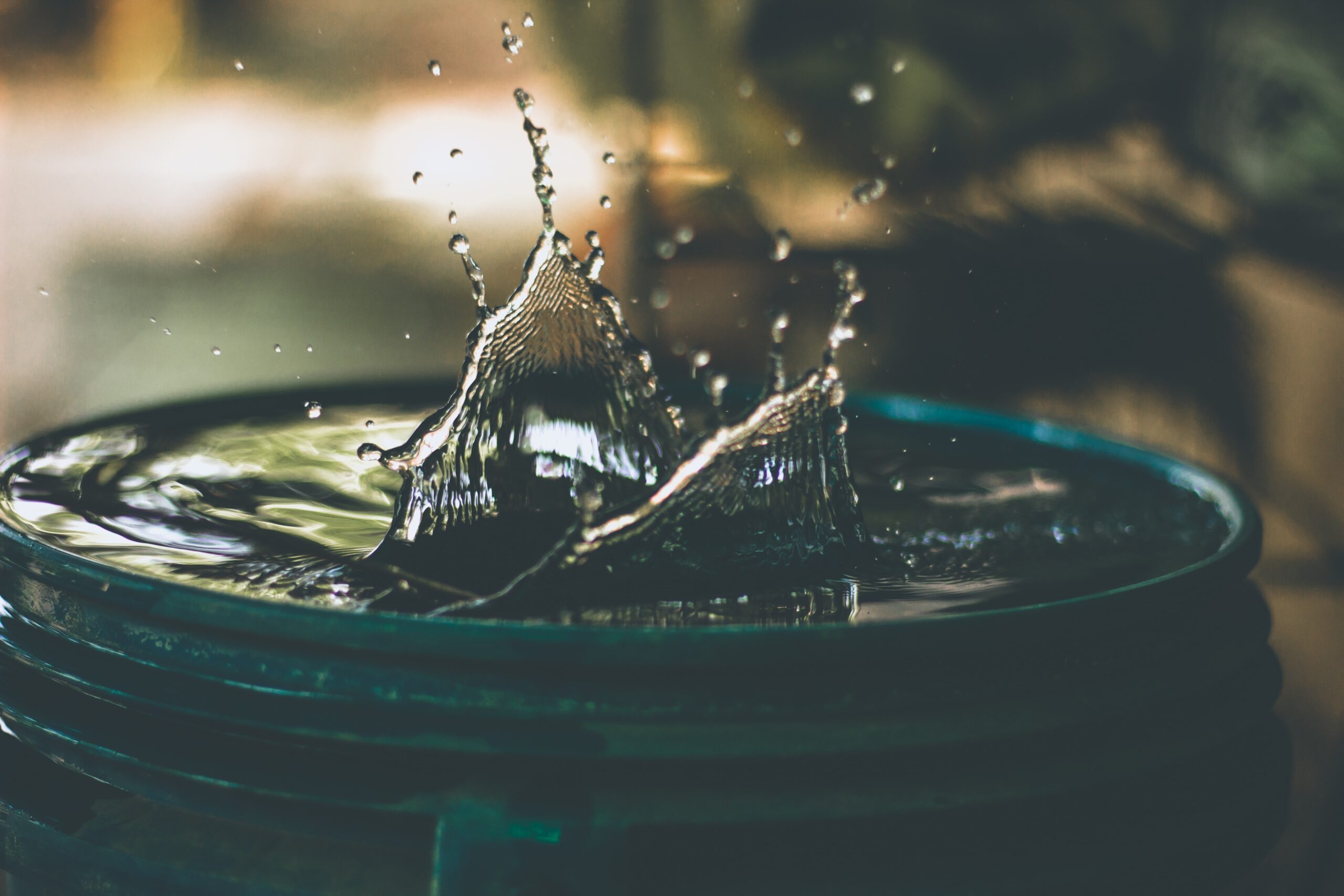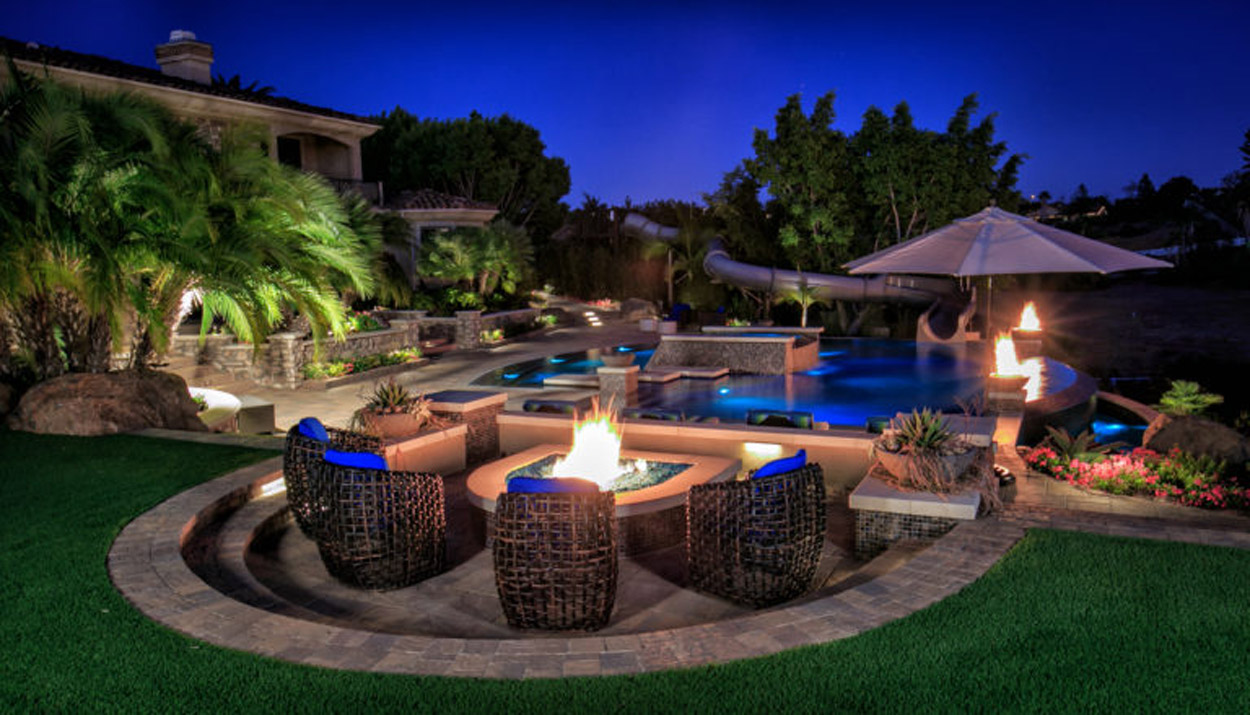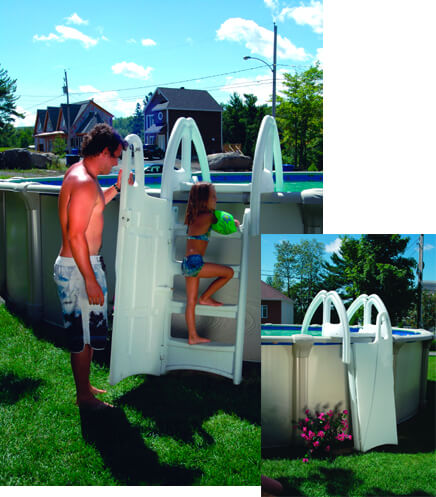Maintaining a clean and refreshing above ground pool is essential for enjoying endless summer fun. But have you ever wondered how often you should change the water in an above ground pool? In this article, we will explore the factors that influence the frequency of water changes, providing you with valuable insights and tips to keep your pool water sparkling clean and crystal clear all season long. Let’s dive right in and discover the secrets to maintaining a pristine above ground pool!
Factors to Consider
When it comes to maintaining an above ground pool, there are several factors to consider to ensure that the water stays clean and safe for swimming. From pool usage to environmental conditions, water chemistry, filtration system, and sanitization methods, each element plays a vital role in determining how often water should be changed in your pool.
Pool Usage
Frequency of Use
The frequency of pool usage is one of the primary factors to consider when determining how often you should change the water in your above ground pool. If you use your pool frequently, especially during the summer months, it is recommended to change the water more often. Regular use of the pool can introduce contaminants, such as body oils, sweat, and sunscreen, which can affect water quality over time.
Number of Swimmers
The number of swimmers using the pool also impacts how often you should change the water. The more people using the pool, the greater the chance of introducing contaminants into the water. If you frequently have pool parties or large gatherings, it is advisable to change the water more frequently to maintain optimal water quality.
Presence of Pets or Floatation Devices
If you have pets that swim in the pool or use floatation devices such as rafts or inflatables, it can introduce additional contaminants to the water. Animals may leave behind fur, dander, or other debris, while floatation devices can contribute to the accumulation of dirt and oils. Considering these factors, it may be necessary to change the water more often to keep it clean and hygienic.
This image is property of images.unsplash.com.
Environmental Conditions
Dust and Debris
Environmental conditions surrounding your above ground pool can also impact the water quality. Dust and debris blown by the wind can find their way into your pool, making it necessary to clean and change the water more frequently. If you live in an area with high levels of dust or surrounded by trees and plants, you may need to consider more frequent water changes.
Storms and Heavy Rains
Heavy rains and storms can also affect the water chemistry in your above ground pool. Rainwater brings contaminants from the air and surrounding surfaces, which can impact the balance of chemicals in the pool. Additionally, excessive rainfall can dilute and overflow the pool’s water, making it necessary to replace the water to maintain the appropriate water level.
Sunlight Exposure
Excessive exposure to sunlight can lead to increased evaporation, which concentrates certain chemicals in the water. This can potentially create imbalances in the water chemistry. If your pool is exposed to ample sunlight, it may be necessary to monitor the water chemistry more frequently and consider changing the water more often to maintain safe swimming conditions.
Temperature
The temperature of the water can also influence how often you should change it in your above ground pool. Warmer water increases the rate of bacteria growth and can promote the development of algae. If your pool experiences consistently high temperatures, it may be necessary to change the water more frequently to prevent these issues and maintain a healthy swimming environment.
Water Chemistry
Maintaining proper water chemistry is essential for the safety and cleanliness of your above ground pool. Several key factors should be considered to determine how often the water should be changed.
pH Levels
The pH level of the pool water measures its acidity or alkalinity. The ideal pH range for pool water is between 7.2 and 7.8. If the pH levels consistently fall outside of this range, it can lead to water imbalance and potential irritation to swimmers. Regular testing should be performed, and if adjustments cannot be made to stabilize the pH, it may be necessary to change the water.
Total Alkalinity
Total alkalinity refers to the ability of the water to resist changes in pH. Proper alkalinity levels (80-120 parts per million) help to stabilize the pH and prevent rapid fluctuations. If the total alkalinity is consistently outside the recommended range, it can negatively impact water chemistry, and changing the water may be necessary to restore balance.
Calcium Hardness
Calcium hardness refers to the level of dissolved calcium in the pool water. Ideal levels range between 200 and 400 parts per million. Low calcium hardness can lead to corrosion, while high levels can result in scale formation. If the calcium hardness is consistently outside the acceptable range, it may be necessary to change the water to maintain optimal conditions.
Chlorine Levels
Chlorine is a crucial chemical for sanitizing and disinfecting pool water. Maintaining appropriate chlorine levels helps kill bacteria and prevent the growth of algae. If the chlorine levels consistently fall below the recommended range, it may be challenging to maintain water clarity and hygiene, necessitating a water change.
Cyanuric Acid Levels
Cyanuric acid helps stabilize chlorine in the pool water, protecting it from degradation by sunlight. The ideal cyanuric acid level is between 30 and 50 parts per million. If the levels exceed this range, it can reduce chlorine’s effectiveness, leading to inadequate sanitation. Monitoring cyanuric acid levels regularly and considering water changes when necessary is essential to ensure water quality.
This image is property of images.unsplash.com.
Filtration System
A well-maintained filtration system is vital for keeping your above ground pool water clean and clear. Considering the following factors can help determine how often water should be changed.
Type of Filter
The type of filter your above ground pool has can impact water quality and the need for water changes. There are three main types of pool filters: sand, cartridge, and diatomaceous earth (DE). Sand filters require regular backwashing to remove debris, while cartridge filters and DE filters need occasional cleaning or replacement of the filter element. Adequate filter maintenance can reduce the frequency of water changes.
Size and Efficiency
The size and efficiency of your filtration system play a role in determining how often water should be changed. A larger filter with higher efficiency can more effectively remove debris and contaminants from the water, reducing the need for frequent water changes. If your current filter is undersized or inefficient, it may be necessary to change the water more often to compensate for its limitations.
Regular Maintenance
Proper maintenance of your filtration system is crucial for optimal water quality. Regularly inspecting and cleaning the filter, along with following the manufacturer’s recommendations for maintenance, can extend the lifespan of the filter and reduce the need for water changes. Neglecting filter maintenance can result in poor filtration, cloudy water, and the need for more frequent water changes.
Sanitization Methods
Sanitizing your above ground pool is essential for preventing the growth of harmful bacteria and maintaining safe swimming conditions. Different sanitization methods can impact how often water should be changed.
Chlorine
Chlorine is the most common and traditional method of sanitizing pool water. Regularly adding chlorine to the water helps kill bacteria and prevent the growth of algae. If you maintain proper chlorine levels and regularly shock the pool to eliminate contaminants, you may be able to extend the time between water changes.
Bromine
Bromine is an alternative to chlorine and is often used in hot tubs or indoor pools. It works similarly to chlorine but is more stable in high temperatures and a wider pH range. Bromine requires regular testing and maintenance to ensure proper levels, but it can also help extend the time between water changes.
Saltwater Chlorination
Saltwater chlorination systems use salt to produce chlorine, eliminating the need to handle and add chlorine manually. These systems provide a more convenient and automatic way to sanitize the pool water. With proper maintenance and regular testing, saltwater chlorination can help significantly reduce the frequency of water changes.
This image is property of images.unsplash.com.
Recommended Frequency
The recommended frequency for changing the water in an above ground pool may vary depending on several factors. Here are some general guidelines to consider:
Every 1-2 Weeks
If your pool experiences heavy usage, such as daily swimming or frequent pool parties, it is advisable to change the water every 1-2 weeks. Regular water changes help maintain optimal water chemistry and prevent the buildup of contaminants.
Every 3-4 Weeks
For moderately used pools, changing the water every 3-4 weeks is often sufficient. This timeframe allows for regular maintenance and testing to maintain water quality without the need for overly frequent changes.
Every 2-3 Months
If your pool usage is low or limited to occasional weekends, changing the water every 2-3 months may be appropriate. However, it is still crucial to regularly test the water and perform necessary maintenance tasks to ensure a clean and safe swimming environment.
Annually
In some cases, if water chemistry is consistently maintained, and the pool is used minimally or not at all during certain seasons, an annual water change may be sufficient. However, proper testing and maintenance should still be carried out regularly to avoid any potential water-related issues.
Signs of Water Contamination
Being able to recognize signs of water contamination in your above ground pool is crucial for maintaining its cleanliness and safety. Some common signs to watch out for include:
Cloudy or Discolored Water
Cloudy or discolored water is often an indication of poor water quality and potential contamination. It can be caused by inadequate filtration, improper chemical levels, or the presence of debris and contaminants.
Strong Chlorine Odor
While a mild chlorine smell is normal in a well-maintained pool, a strong or pungent odor may indicate excessive chlorine levels or the presence of chlorine byproducts resulting from contamination.
Algae Growth
The presence of algae, either floating or clinging to pool surfaces, indicates inadequate sanitization and a potential imbalance in water chemistry. Algae growth can create unsafe swimming conditions and may require a water change to eliminate the problem.
Excessive Foam or Bubbles
Excessive foaming or bubbling in your pool water can indicate the presence of oils, lotions, or detergents introduced by swimmers. If these substances are unable to be effectively removed through regular maintenance, a water change may be necessary.
Skin or Eye Irritation
If swimmers experience persistent skin or eye irritation while using the pool, it may be an indication of water contamination. Allergens, bacteria, or imbalanced chemicals can be potential culprits, requiring thorough water analysis and a potential water change.
Proper Water Maintenance
Proper water maintenance is essential to keep your above ground pool clean, safe, and enjoyable. Here are some key steps to follow:
Regular Testing
Regularly test the water for pH, total alkalinity, calcium hardness, chlorine levels, and cyanuric acid levels. Testing kits or test strips can provide accurate readings to help assess the water chemistry.
Balancing Chemical Levels
Based on the test results, adjust the chemical levels as needed to maintain proper balance. This includes adding necessary chemicals to increase or decrease pH, total alkalinity, or calcium hardness.
Shock Treatment
Regularly shock the pool using a chlorine-based shock treatment to eliminate contaminants and restore proper chlorine levels. Shocking the pool helps prevent algae growth and kills bacteria that may be present.
Cleaning and Skimming
Regularly clean the pool by removing leaves, debris, and other foreign objects. Use a skimmer net or vacuum to remove larger debris from the surface and bottom of the pool. This helps prevent clogging of the filtration system and maintains water clarity.
Backwashing the Filter
For sand or DE filters, backwashing is necessary to remove accumulated debris and contaminants. Follow the manufacturer’s instructions for backwashing frequency and duration to ensure proper filtration.
Conclusion
When it comes to maintaining an above ground pool, factors such as pool usage, environmental conditions, water chemistry, filtration system, and sanitization methods all contribute to determining how often the water should be changed. By considering these factors and following proper water maintenance practices, you can ensure a clean, safe, and enjoyable swimming experience in your above ground pool. Regular testing, balancing chemical levels, proper filtration, and appropriate sanitization methods are key to maintaining optimal water quality and minimizing the need for frequent water changes. Stay vigilant, keep your pool well-maintained, and enjoy the refreshing experience your above ground pool has to offer.









